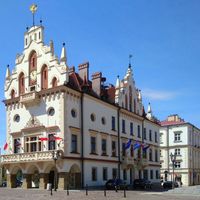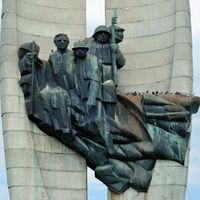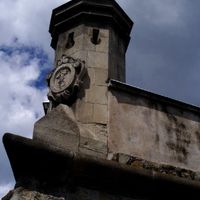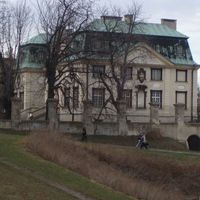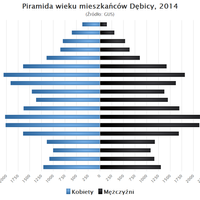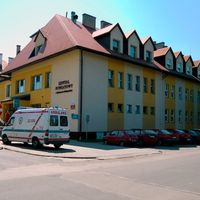Podkarpacie Valley
6.5

Overview
The Pradolina Podkarpacka is a geographical mesoregion in southeastern Poland, part of the Sandomierz Basin, covering an area of 995 km². This region stretches north of the Carpathian Escarpment, encompassing areas from Dębica in the west to Przeworsk in the east. The geological formation of the Pradolina Podkarpacka took shape during the South Polish Glaciations, when the ice sheet interacted with the Carpathians, directing meltwater eastward toward the Dniester River and the Black Sea. The region boasts a rich history dating back to prehistoric times, with its lands inhabited by various cultures, including Celts and Slavs.
Architecturally, the Pradolina Podkarpacka is characterized by numerous historic monuments, including wooden churches that exemplify local sacred architecture and folk construction. Preserved elements of historic urban architecture in towns such as Przeworsk are also noteworthy, featuring both Classical and Baroque structures.
Culturally, the Pradolina Podkarpacka is a place where traditions of various ethnic groups intersect. The region continues to cherish its folkloric roots through numerous festivals that promote local customs, music, and folk art. Its rich culinary traditions, unique to this area, are also worth highlighting.
An interesting fact is that the Pradolina Podkarpacka held significance not only during the glacial periods but also, due to its topography, influenced settlement development in the region, making it an intriguing area for researchers of natural and cultural history. Additionally, archaeological findings in this area indicate the presence of numerous sites, confirming its long history of habitation.
Thus, the Pradolina Podkarpacka is not only a region of geographical importance but also one of cultural significance, with a rich history, fascinating architecture, and traditions that give it a unique character within Poland.
Location
2025 Wizytor | All Rights Reserved
